Antarctic explorations 100 years ago tell us where sea ice was found
24 November 2016
Antarctica is the world’s southernmost continent and is covered in snow and ice. It is a dangerous place to explore because temperatures can be as cold as −89.2 degrees Celsius. The years 1897–1917 are known as the Heroic Age of Antarctic Exploration because, during this time, many ships set sail to discover Antarctica and its surrounding waters. Although there were many successes, such as reaching the South Pole for the first time in 1911, several explorers died during their expeditions to Antarctica, including the British Captain Robert Scott (in 1912) and Sir Ernest Shackleton (in 1922). During these expeditions the explorers kept a ship’s log book where they would write down observations and events they experienced: for example, temperature recordings, the weather and wildlife sightings. Modern day scientists have used these records to learn where sea ice (frozen sea water) was found in the waters around Antarctica. The study was led by Jonathan Day, a scientist from the UK, and published in the European Geosciences Union journal The Cryosphere. They found that, a hundred years ago, the Antarctic sea ice covered only a slightly bigger area of the sea than it does today. These log books, together with other sea-ice records, show that sea ice in the Antarctica might be less affected by climate change compared to the Arctic sea ice that covers the North Pole, which has been disappearing over the past century. Jonathan says that much more information and clues about Antarctica’s past can be found in other ship log books. Anyone can help, not just scientists, by volunteering at oldweather.org. It is amazing how these detailed, old log books can be used today for science. By learning about the past, scientists can better understand the future.Find out more
Discuss with your teacher or parents
Why was it so dangerous to explore Antarctica 100 years ago? How about today?
What’s the difference between sea ice and land ice?
Why are scientists concerned about the disappearance of sea ice?
How are we responsible for changing of climatic conditions on the planet?
Sea ice in the Arctic has changed in a very different way to sea ice in the Antarctic. Find out more on the NASA climate kids website.
Print version
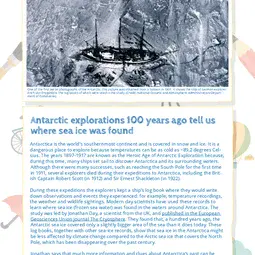
This is a kids' version of the EGU article: 'Antarctic explorations 100 years ago tell us where sea ice was found'. It was written by Sarah Connors (EGU Science Policy Fellow), reviewed for scientific content by Aimée Slangen (postdoctoral research fellow, Utrecht University, The Netherlands) and John Connolly (Lecturer in Physical Geography, Dublin City University, Ireland), and for educational content by Marina Drndarski, Biology teacher, Primary school Drinka Pavlovic, Belgrade, Serbia. The original press release was published in collaboration with the University of Reading.
Translations
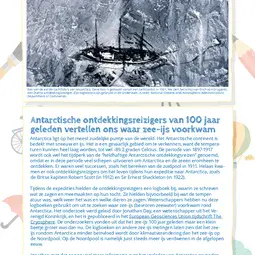
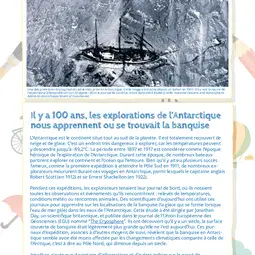
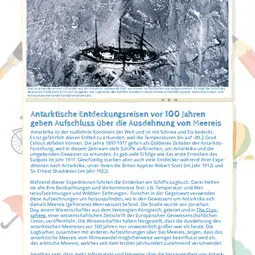
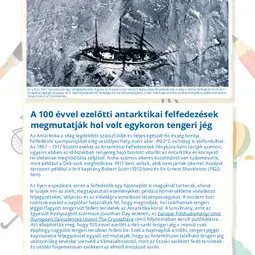
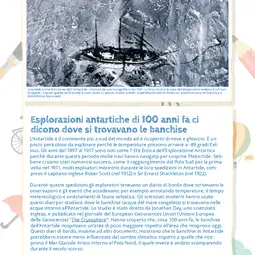
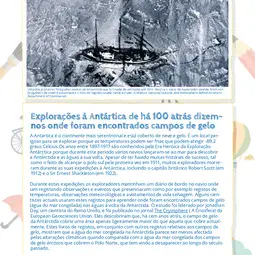
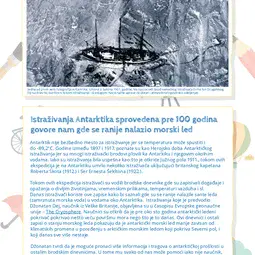
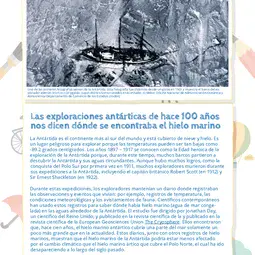
All English-language Planet Press releases are carefully edited, reviewed and proofed, by scientists, educators and EGU staff. Please note that once translated, Planet Press releases receive no further checks from EGU staff. For this reason, we cannot guarantee their accuracy, though we trust the quality of our voluntary translators and are grateful for their work.

